In May 2016, Sierra Club BC submitted a complaint about logging practices in the East Creek Valley. This valley is just north of Mquqwin / Brooks Peninsula Provincial Park on northwest Vancouver Island. Sierra Club BC (the complainant) was concerned with a wide range of issues related to forest planning and practices.
The Board examined the licensee’s forest operations on the ground in the East Creek Valley, their planning activities relating to the operations, and whether the licensee provided adequate access to site plan information when requested by the complainant.
In August 2016, the Board received a complaint asserting that a timber sale licence holder (TSL holder) under the BC Timber Sales program had removed portions of a fence on the complainant’s range agreement area, within the 100 Mile House Natural Resource District, to accommodate road access for timber harvesting. The complainant alleged that the actions of the TSL holder put their livestock at risk and that the TSL holder did not obtain the required authorizations from the district manager to remove portions of the fence.
In December 2016, the district manager issued a policy on implementation of section 51 of the Forest and Range Practices Act. The complainant is satisfied with the new district policy on range developments and with BC Timber Sales’ commitment to ensure the fence repairs meet ministry standards.
An experienced forest worker was concerned that Tolko had not removed all the trees it felled to trap Douglas-fir bark beetle before the insects emerged and that some of its harvest practices increased the infestation level in ungulate winter range in the Upper Salmon River area.
Douglas-fir bark beetle is normally present at low levels in ecosystems containing mature Douglas-fir but can increase to epidemic levels given the right conditions. Good timber harvest practices can control an epidemic but poor practices can create or intensify an outbreak.
This report examines Tolko’s management of the Douglas-fir bark beetle outbreak, its harvest practices, and if it complied with requirements for ungulate winter range.
A resident in the Boundary area was concerned that harvesting a large clearcut would negatively impact water and wildlife. The forest licensee, Interfor Corporation, was harvesting a large area within its tree farm license in part to convert low value pine to a more productive stand. The Forest and Range Practices Act sets a minimum cutblock size but allows forest licensees to harvest larger cutblocks, subject to requirements to conserve biological diversity at the landscape level. The effects of these larger clearcuts can be negative or beneficial, depending on aspects of hydrology or species of wildlife.
This report examines whether the forest licensee complied with legislated requirements and is adequately managing risks to water and wildlife.
A local resident in the Okanagan-Shuswap was concerned about the maintenance of the Cooke Creek Forest Service Road (FSR) near Dale Lake. In May 2014, Dale Lake, near Enderby, overflowed and caused a debris flood down Cooke Creek. The complainant believed that the debris flood could have been prevented if district staff had acted on his warnings about maintenance of the culverts at the outlet of the lake. He felt that more attention should be paid to road maintenance.
This report examines whether BC Timber Sales and the district complied with requirements for proper design and maintenance of the stream crossing structures on the Cooke Creek FSR at Dale Lake and whether they responded adequately to the complainant’s concerns.
